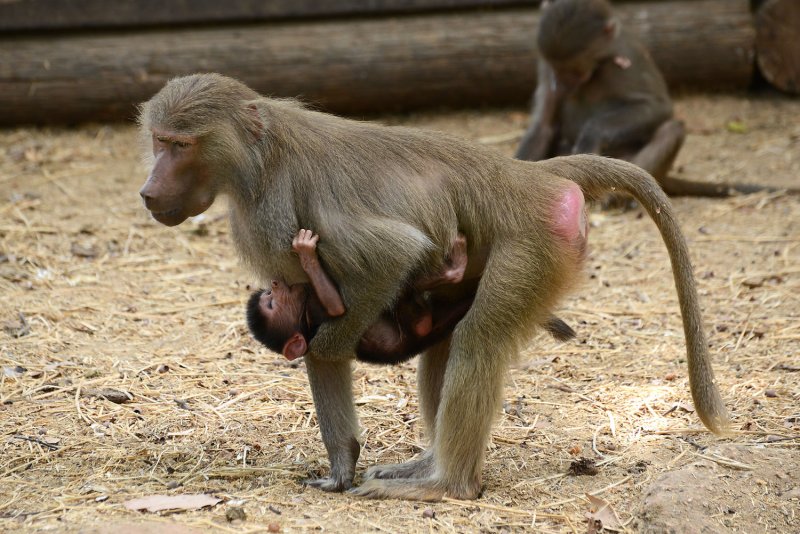DURHAM, N.C., April 21 (UPI) -- The swollen red buttocks of female baboons are a turn-on for male baboons, and researchers have long assumed that the bigger the butt, the better. But new research by biologists at Duke University proves the sexual proclivities of male baboons are not quite that simple.
In studying the sexual behaviors of a group of baboons in southern Kenya, scientists found females with larger rumps weren't any more likely to attract mates than their peers with smaller buttocks.















